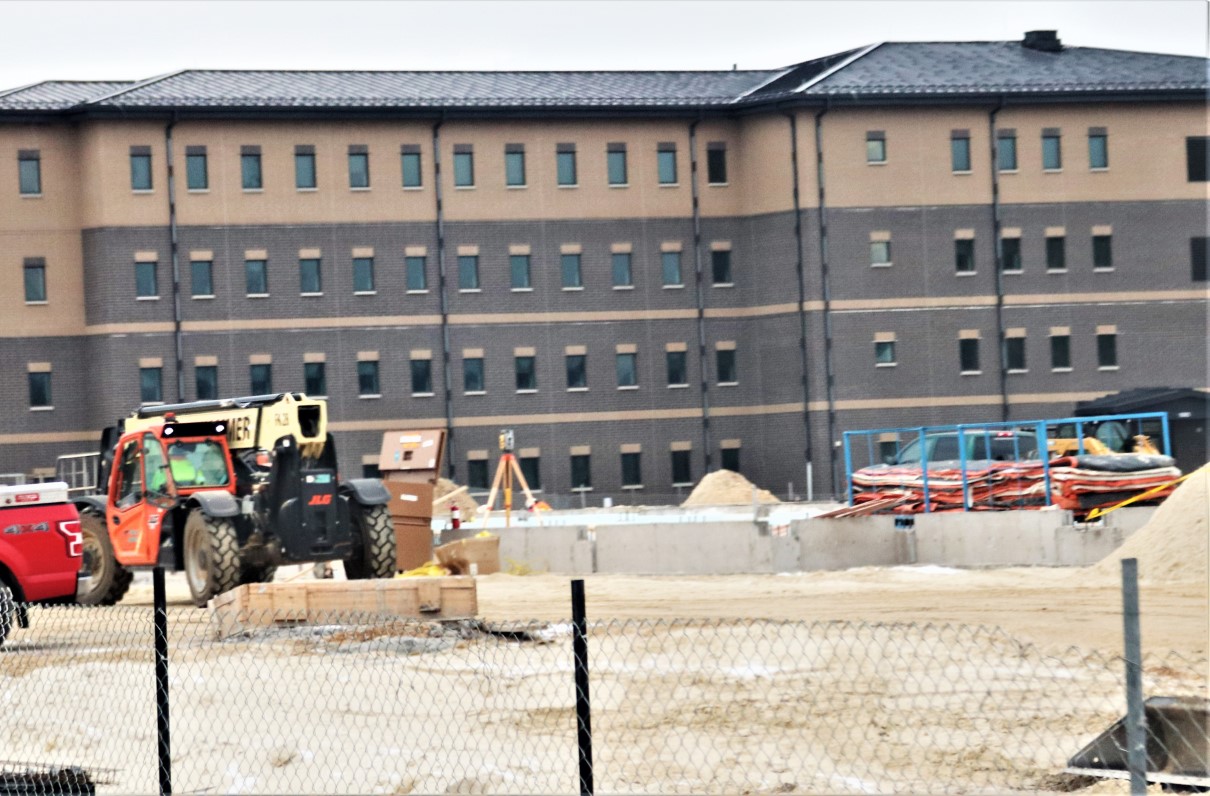The Army recently announced a plan to construct 500 rooms for privatized junior enlisted barracks. Junior enlisted servicemembers face quality-of-life challenges brought on by $137 billion in deferred installation maintenance; Congress and DoD cannot correct 20 years of deferred installation maintenance overnight, and they see privatization as a shortcut to address this expensive and extensive problem.
However, privatization is not a solution. When it comes to the all-volunteer force, there are no shortcuts.
[TAKE ACTION: Urge Your Legislators to Improve the Quality of Life of Our Servicemembers]
Three immediate concerns emerge from the privatization initiative:
- Unit Deployment and Redeployment: How will units and privatization entities manage this uniquely military situation? The partnership plan is mute on how to ensure servicemembers have adequate accommodation upon returning from lengthy deployments.
- Maintenance Responsiveness: When young troops have a problem with the barracks, they need to be able to trust that their chain of command has the resources and authority to correct it. A culture of trust in the chain of command is essential; without timely and predictable housing funds from Congress, leaders cannot create this culture.
- Good Order and Discipline: Unit commanders require the control offered by DoD-owned living quarters to instill this essential element of readiness. The simple physicality of having servicemembers who are related by task/duty/unit live in adjoining housing is critical to good order and discipline. The same is true if there is disunity or personality conflicts. The chain of command is ideally suited to make living arrangement changes based on conduct.
Instead of addressing these concerns, the privatization effort smacks of a thinly veiled dodge of housing maintenance by authorizing Basic Allowance for Housing (BAH) for junior enlisted to fund privatized partnerships. It would remove the military’s chain of command from the decision-making process, turning commanders into stakeholders with no legal authority.
[TAKE ACTION: Support the BAH Restoration Act]
Privatization Problems
When DoD enters a partnership, it loses control of the property and is challenged to hold landlords accountable. Privatization is not a DoD contract, where strict oversight regulations are enforced through uniformed contracting officers. In the public/private partnership, the government agrees to a lease with a landlord in exchange for BAH, and one half of the partnership can’t change the agreement.
As an example, the Government Accountability Organization continues to point out that the Tenant “Bill of Rights” is still not agreed upon by all privatized housing partnership companies despite congressional requirements in the FY 2020 National Defense Authorization Act (NDAA).
“[O]versight of the privatized family housing program will likely continue to face challenges,” the GAO report reads, “[i]n part because DoD cannot unilaterally make changes to projects without the concurrence of the private companies. ...”
Talking Points: Privatized Housing
- Servicemembers deserve quality housing free of health and safety hazards so they can focus on the mission.
- Commanders require the authority and resources to correct problems that impact the health and welfare of our servicemembers and their families.
- Scandals from privatized housing have proven detrimental to good order and discipline and undermined the military chain of command; Congress should not repeat the same mistake with barracks/unaccompanied housing.
- Young servicemembers must trust that their chain of command has the authority and resources to correct housing problems. Privatization undermines that trust.
- Funding for housing is a readiness issue, one that affects ongoing recruiting challenges.
Despite these red flags, the latest DoD strategy is a directive to “explore privatization opportunities” and seems to highlight benefits from the last privatized housing partnership while omitting service-discrediting scandals. Overall, since its start in 1996, privatization of family housing has resulted in rapid construction that sacrificed quality and standards.
[RELATED: House Panel Fields Testimony on Deplorable Barracks Conditions]
Despite the scar tissue from family privatized housing, DoD and Congress have revealed that they plan to expand the arrangement to the barracks (unaccompanied housing).
‘Who Was Fired?’
A concerning House Armed Services subcommittee hearing on readiness pointed to privatization as a potential solution, but also sent a confusing message to commanders and their senior enlisted advisers.
At the hearing, chain of command accountability was brought front and center.
“Who was fired? Who was held accountable?” asked Rep. Mike Waltz (R-Fla.) after displaying pictures of barracks covered in sewage and mold.
The uncomfortable answer: Ultimately no one, because resources were not appropriated.
Privatization will shift control even further away from commanders: The centralization of management for barracks and installation facilities began across the services more than two decades ago, with the goal of freeing unit commanders from the burdens of facility management and maintenance. Before that, company commander and first sergeant teams were responsible for the property accountability and maintenance of their barracks, and were graded on these in the command inspection program.
[WATCH THE HEARING: State of DoD Housing and Aging Infrastructure]
Privatization Will Be Different Next Time ... Right?
Landlords must run a business and turn a profit. The partnership could result in good quality service and timely maintenance … but as GAO noted in its report, it will cost taxpayers more while Congress is challenged to pass a budget on time.
Meanwhile, pictures of unhealthy housing and barracks are contributing to our recruiting crisis. Parents and influencers are less likely to recommend service when conditions are poor, and when full funding to repair facilities is not part of the latest defense budget request.
MOAA will continue its work to steer Congress and DoD toward workable solutions for these quality-of-life concerns, not just spending shortcuts and plans to further outsource responsibility that would damage the current and future all-volunteer force. Follow the progress of this and all of MOAA’s legislative initiatives at MOAA’s Advocacy News page.
When MOAA Speaks, Congress Listens
Learn more about MOAA’s key advocacy issues, and contact your elected officials using our messaging platform.

